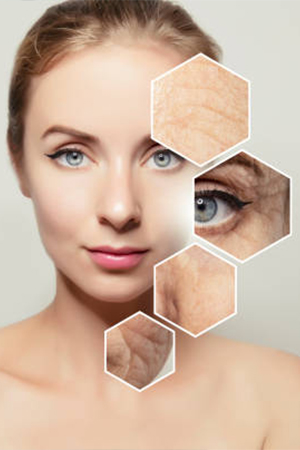Working Days
Mon-Sat: 9.00 to 6.00
Mupirocin & Beclomethasone Dipropionate Ointment
MUPEX B

Mupirocin and beclomethasone dipropionate ointment is a combination medication that is used topically for certain skin conditions. When mupirocin and beclomethasone dipropionate are combined into an ointment, it is typically prescribed for certain types of skin infections, such as impetigo, where there is a bacterial component involved, as well as inflammation or itching associated with the infection. The antibacterial properties of mupirocin help eliminate the bacteria causing the infection, while the anti-inflammatory effects of beclomethasone dipropionate help reduce the associated inflammation and discomfort.
Let’s look at each ingredient separately:
- Mupirocin: Mupirocin is an antibiotic that belongs to the class of medications known as topical antibacterials. It is effective against certain types of bacteria, including Staphylococcus aureus and Streptococcus pyogenes. Mupirocin works by inhibiting the growth and reproduction of bacteria on the skin, thereby helping to treat or prevent skin infections.
- Beclomethasone dipropionate: Beclomethasone dipropionate is a corticosteroid, which is a type of anti-inflammatory medication. It works by reducing inflammation, swelling, redness, and itching on the skin. Beclomethasone dipropionate is commonly used in the treatment of various skin conditions, including eczema, dermatitis, and psoriasis.
How to use Mupirocin & Beclomethasone Dipropionate Ointment
It is important to follow the directions given by your doctor or the instructions on the medication packaging. However, here is a general guideline on how to use this type of ointment:
- Cleanse the affected area using mild soap and water.
- Apply a thin layer of the ointment to the specific area requiring treatment.
- Gently rub or massage the ointment into the skin.
- Use the ointment as prescribed, typically two to three times a day.
- Follow the recommended duration of use.
- Avoid contact with eyes, nose, or mouth.
- Store the ointment properly, away from heat and sunlight.
Benefits of Mupirocin & Beclomethasone Dipropionate Ointment
Mupirocin and Beclomethasone Dipropionate ointment offer several benefits when used for the appropriate conditions:
- Antibacterial action: Mupirocin is effective against certain types of bacteria, such as Staphylococcus aureus and Streptococcus pyogenes
- Anti-inflammatory properties: It helps reduce inflammation, swelling, redness, and itching associated with skin conditions like eczema, dermatitis, and psoriasis.
- Combination therapy: The combination of mupirocin and beclomethasone dipropionate in a single ointment allows for a dual-action approach.
- Symptom relief: The ointment can help alleviate discomfort, itching, and irritation caused by skin infections or inflammatory conditions.
- Targeted application: The ointment can be applied directly to the affected area, ensuring the active ingredients are concentrated where they are needed most.
- Convenient topical application: The ointment form allows for easy application and absorption into the skin.
Side Effects of Mupirocin & Beclomethasone Dipropionate Ointment
Mupirocin and Beclomethasone Dipropionate ointment, like any medication, can potentially cause side effects. Here are some potential side effects associated with this ointment:
- Mupirocin side effects may include:
- Skin irritation, redness, or itching at the site of application.
- Burning or stinging sensation upon application.
- Allergic reactions, although rare, may manifest as rash, hives, or difficulty breathing.
- Beclomethasone dipropionate side effects may include:
- Localized skin reactions like burning, itching, or irritation.
- Thinning of the skin.
- Skin discoloration.
- Increased hair growth.
- Allergic reactions, although uncommon, may present as a rash, swelling, or difficulty breathing.
Precautions of Mupirocin & Beclomethasone Dipropionate Ointment
When using Mupirocin and Beclomethasone Dipropionate ointment, it’s important to take certain precautions to ensure safe and effective use. Here are some precautions to consider:
- Inform your doctor of any allergies or sensitivities.
- Avoid contact with eyes, nose, or mouth.
- Discuss your medical history and any other medications with your doctor
- Consult your doctor if pregnant, planning to become pregnant, or breastfeeding.
- Be careful with pediatric use.
- Follow the prescribed duration of use.
- Seek medical attention for signs of an allergic reaction or concerning side effects.
| Brand Name | MUPEX – B |
|---|---|
| Composition | Mupirocin 2.0% & Beclomethasone Dipropionate 0.025% |
| Pack | 10 gm |








